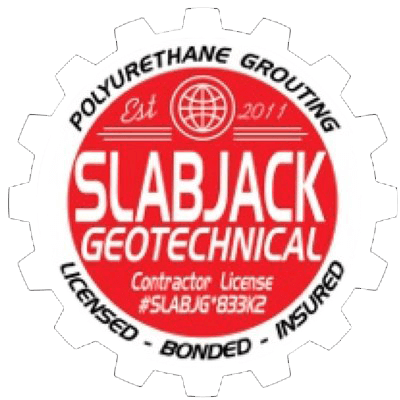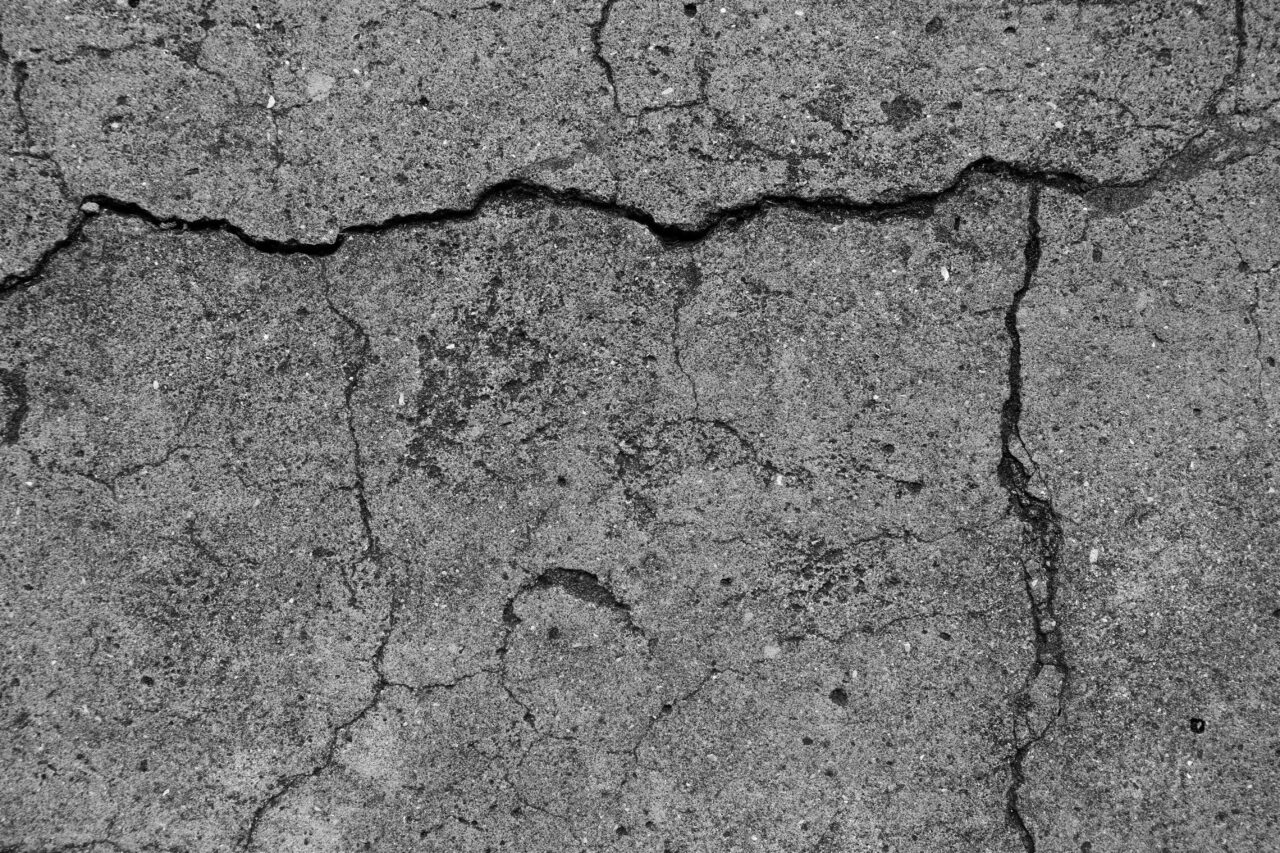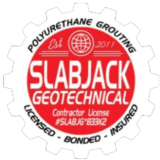
Polyjacking and mudjacking are two similar-sounding but different methods of concrete repair. Both use hydraulic jacks to fill and raise sunken concrete, but the materials and processes differ.
Polyjacking is a newer method that uses polyurethane foam, while mudjacking uses a slurry mixture of cement, water, and sand. So between polyjacking vs. mudjacking, which one is right for your repair project? Let’s take a closer look at each method.
What Is Mudjacking?
When concrete begins to settle and sink, it can create several problems. Uneven surfaces can trip people and damage vehicles, and sunken concrete is more susceptible to cracking and other forms of damage.
Mudjacking is a technique that you can use to level out sunken concrete. The process involves pumping mud and water under the concrete slab. The hydraulic pressure of the mud lifts the slab back into place.
Mudjacking is a relatively quick and inexpensive way to repair sunken concrete. It is also less disruptive than other methods, such as concrete replacement. As a result, mudjacking is often the preferred choice for repairing sidewalks, driveways, and other concrete surfaces.
What Is Polyjacking?
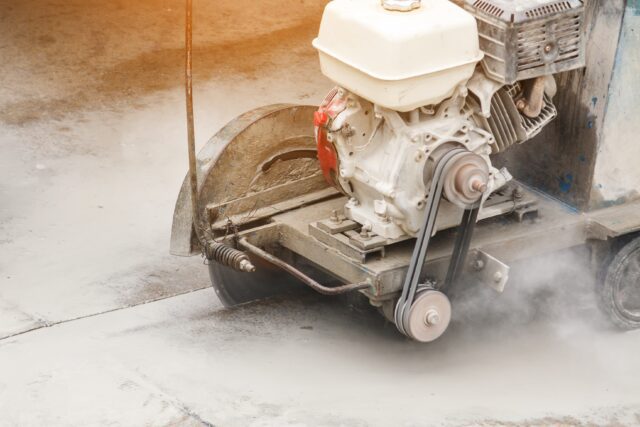
Polyjacking is an alternate method for leveling concrete that substitutes polyurethane foam for mud. This method is also called Jetson. After filling the holes made in the concrete slab, the foam expands.
The concrete is raised as a result of polyurethane’s expansion. This process can be performed on interior or exterior concrete surfaces and can be used to level slabs that have settled up to 4 inches.
Polyjacking is a cost-effective and efficient way to balance your concrete and prevent further cracking or settling.
Mudjacking Vs. Polyjacking: What’s the Difference?
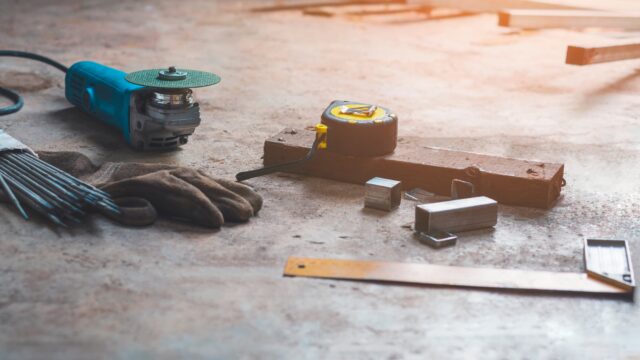
Here are a few differences between polyjacking and mudjacking.
Cost
When it comes to mudjacking vs. polyjacking, it’s essential to understand the cost difference. Mudjacking is less expensive than polyurethane, but there is no guarantee that your concrete will stay level.
With polyurethane, the initial costs are higher, but the long-term costs are lower. In addition, polyurethane is less likely to need cleanup or repair charges. When deciding between the two, it’s essential to weigh all the factors to make the best decision for your needs.
Longevity
Polyurethane is a much better option than mudjacking for several reasons. First, mudjacking does not guarantee that your concrete will stay level and smooth – over time, the underlying soils can shift and break your concrete.
With polyurethane, on the other hand, the foam hardens as a result of the chemical reaction with the soil, meaning your concrete should last a lifetime.
Second, polyurethane is less disruptive than mudjacking – while mudjacking involves drilling holes in your concrete, polyurethane only requires small injection ports.
Finally, polyurethane is more environmentally friendly than mudjacking, as it does not use water or chemicals.
In summary, polyurethane is the way to go if you want a durable, long-lasting solution to your concrete problems.
Appearance
The main difference you’ll notice between mudjacking and polyjacking is the appearance. Fewer and smaller holes—one inch fewer—are drilled into the concrete slabs when using polyurethane.
Comparatively speaking, mudjacking calls for more extensive and numerous holes. As a result, Polyjacking ultimately produces a cleaner and more polished product.
Additionally, because fewer materials and large pieces of equipment are needed, the project site is cleaner, the landscape is not harmed, and there is less inconvenience to your house or place of business.
Water and Moisture Resistance
Polyurethane is a versatile material used in various applications, including mudjacking and concrete leveling. Unlike mudjacking, which relies on a clay-based slurry, polyurethane is hydrophobic and repels water.
This property is ideal for wet or submerged environments, as it forms a moisture barrier impervious to water.
As a result, you can use polyurethane to level concrete slabs in areas where mudjacking would be ineffective or dangerous, such as near swimming pools or basement floors.
In addition, polyurethane’s water resistance can help maintain your concrete level and prevent water from leaking into your home or structure.
Curing Time
Polyurethane foam cures quickly, making it suitable for walking and driving immediately. Contrarily, mudjacking can take between 24 and 72 hours to cure and permit foot activity on the raised concrete.
This factor is annoying and may also harm business owners who depend on their parking lots for revenue.
Mudjacking Vs. Polyjacking: Pros and Cons
Just like anything else, mudjacking and polyjacking have their pros and cons. Let’s take a look at some of them.
Mudjacking Pros
- Many contractors are experienced with the method.
- This project’s process is often affordable.
- Since almost all of the ingredients in the mud slurry are natural, using it is a sustainable choice.
Mudjacking Cons
- Heavy rainfall or inadequate drainage might cause slurry materials to wash out if exposed to water.
- The slurry’s rough texture makes filling the space beneath a concrete slab challenging.
- Due to its enormous weight (approximately 50 times that of polyurethane), mud slurry has the potential to compress soil further over time.
- Mudjacking is a temporary, inexpensive fix, but it must be done repeatedly every few years to keep the ground level.
Pros: Polyjacking
- Polyurethane stretches and won’t degrade, filling the space beneath a sinking slab.
- Most projects only require a single polyurethane injection because it is a durable process.
- Although dense and durable, polyurethane foam is incredibly light.
- Water cannot pass through polyurethane foam and becomes more stable when it mixes with the ground beneath it.
Cons: Polyjacking
- Fewer contractors are proficient in the operation, and the equipment required for polyurethane injection is more expensive.
Polyjacking & Mudjacking: Final Thoughts
Polyjacking is a better alternative to mudjacking for many reasons- it looks nicer, lasts longer, and retains moisture better. However, both have pros and cons, so it’s crucial to weigh all the options before deciding.
If you need polyjacking or mudjacking services in your area, contact us here today at Slabjack Geotechnical. Our team has years of experience providing quality services that meet our customer’s needs. Get in touch with us or browse our services to learn more about how we can help you!
1-855-752-2522
www.SlabjackGeotechnical.com
Superior technology, Superior polymers, Superior results.
